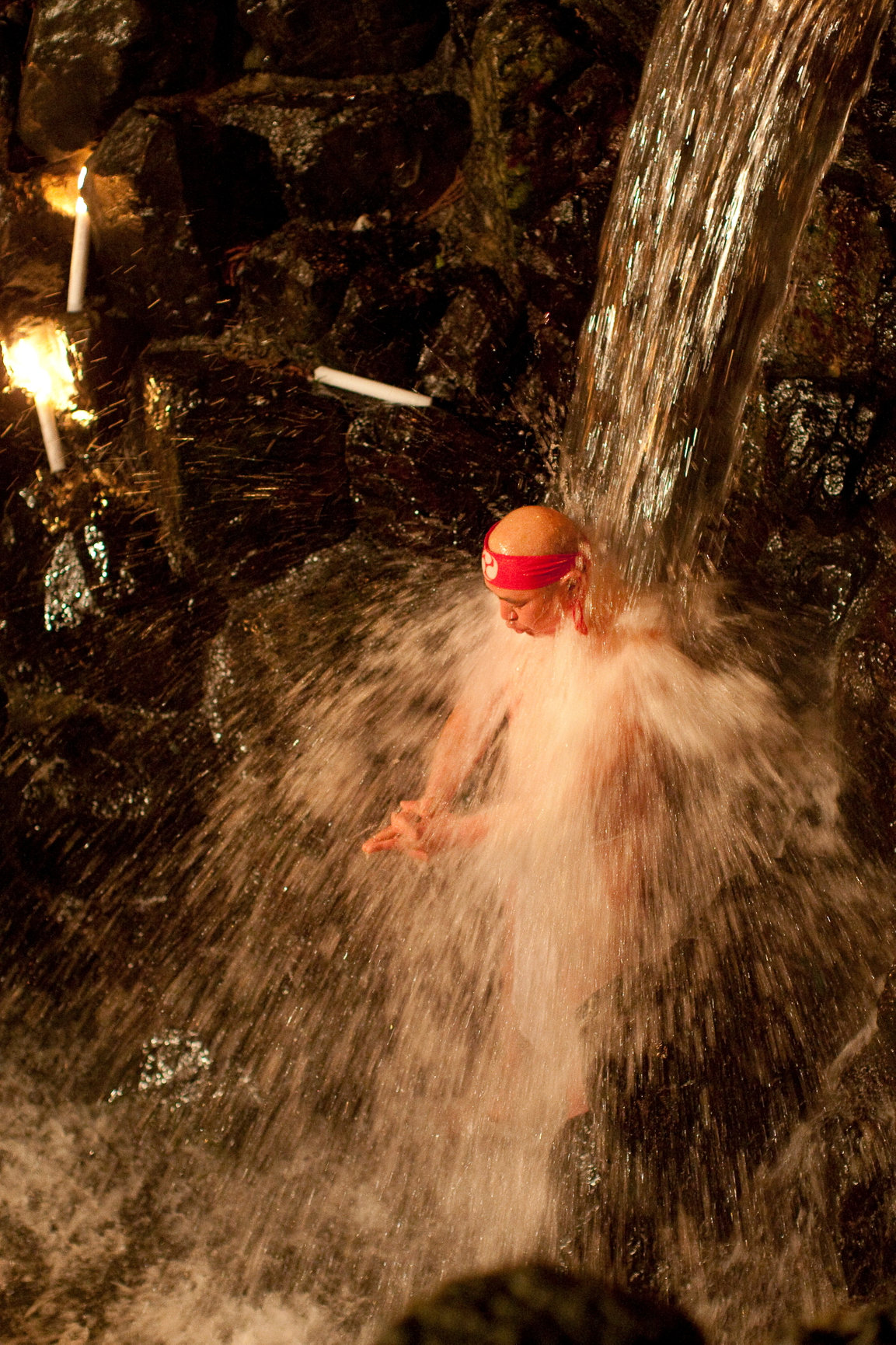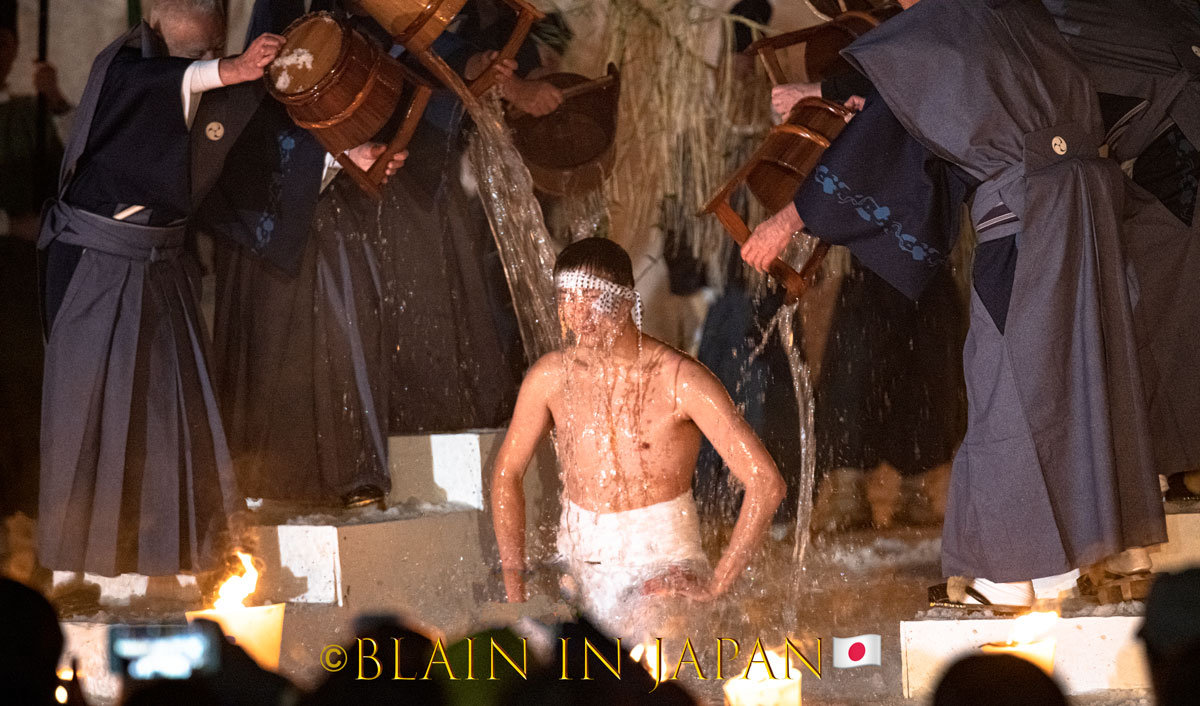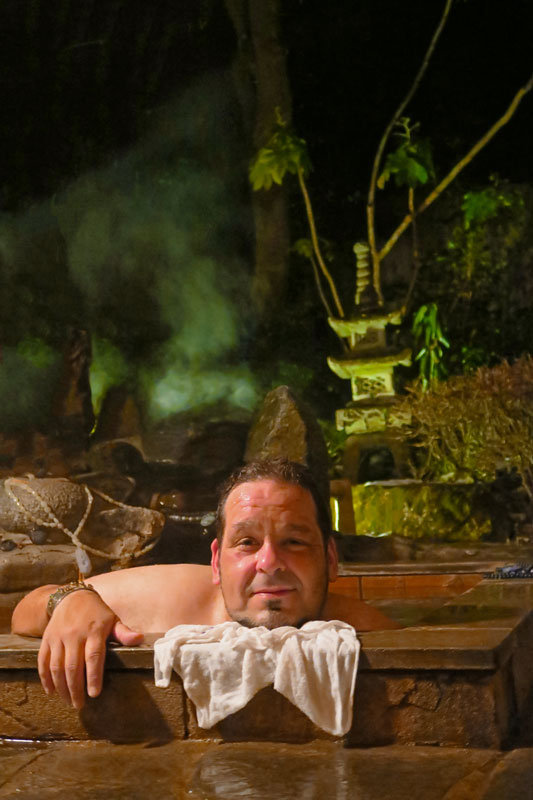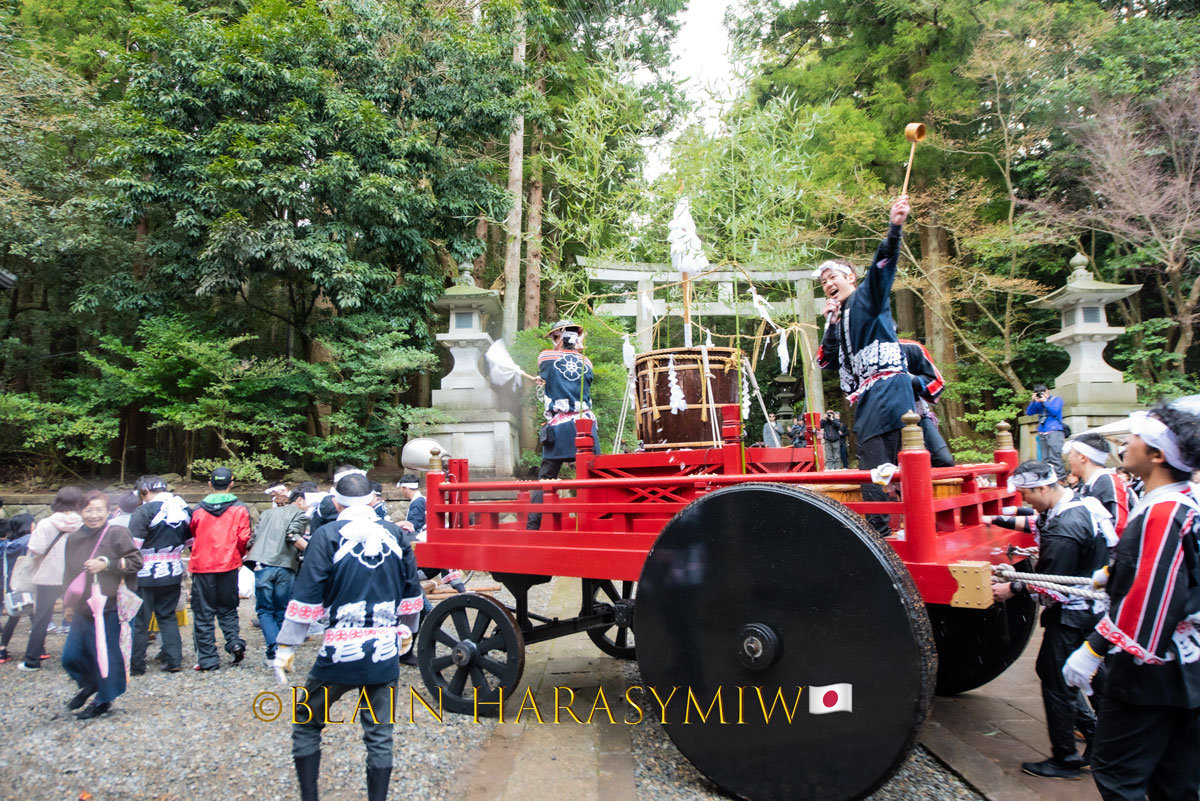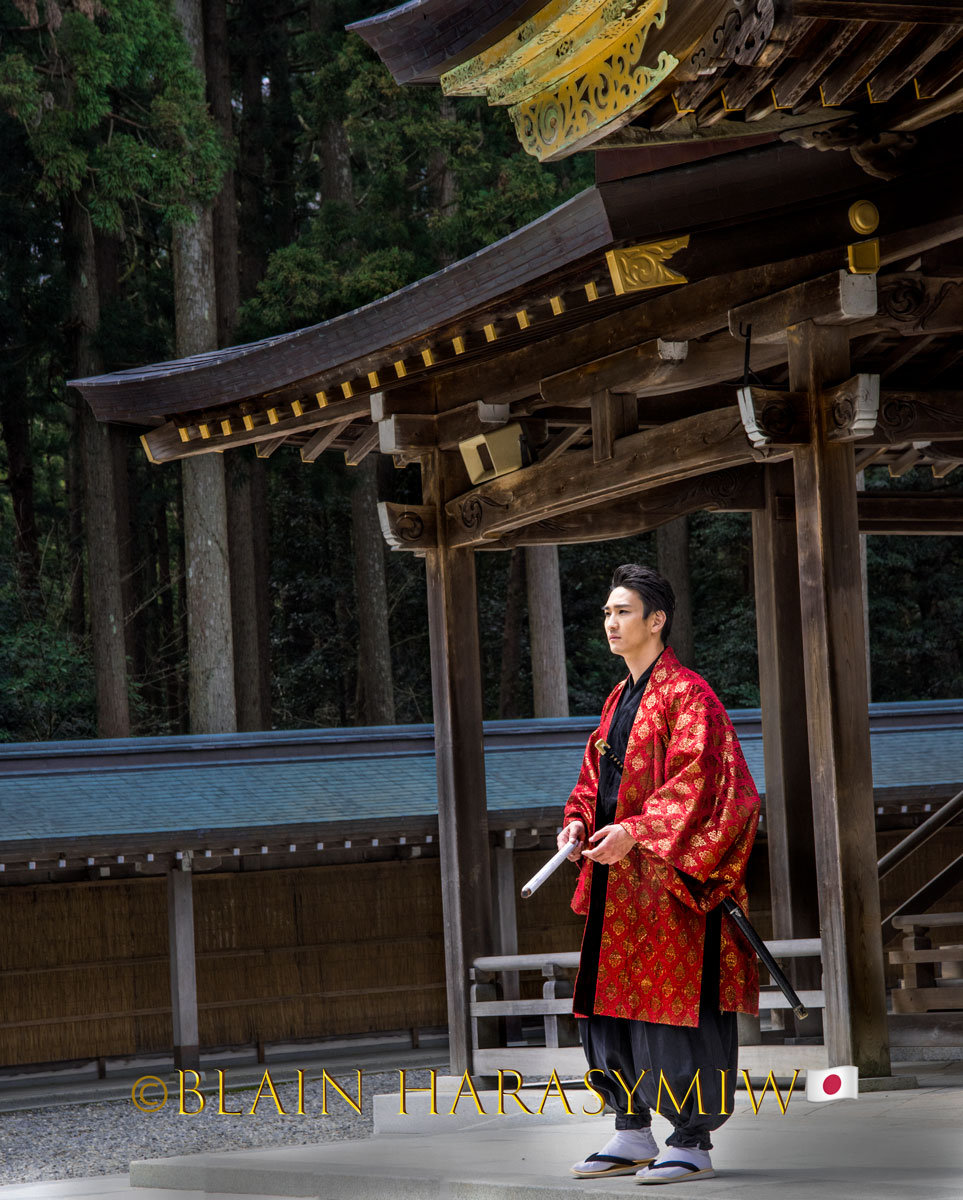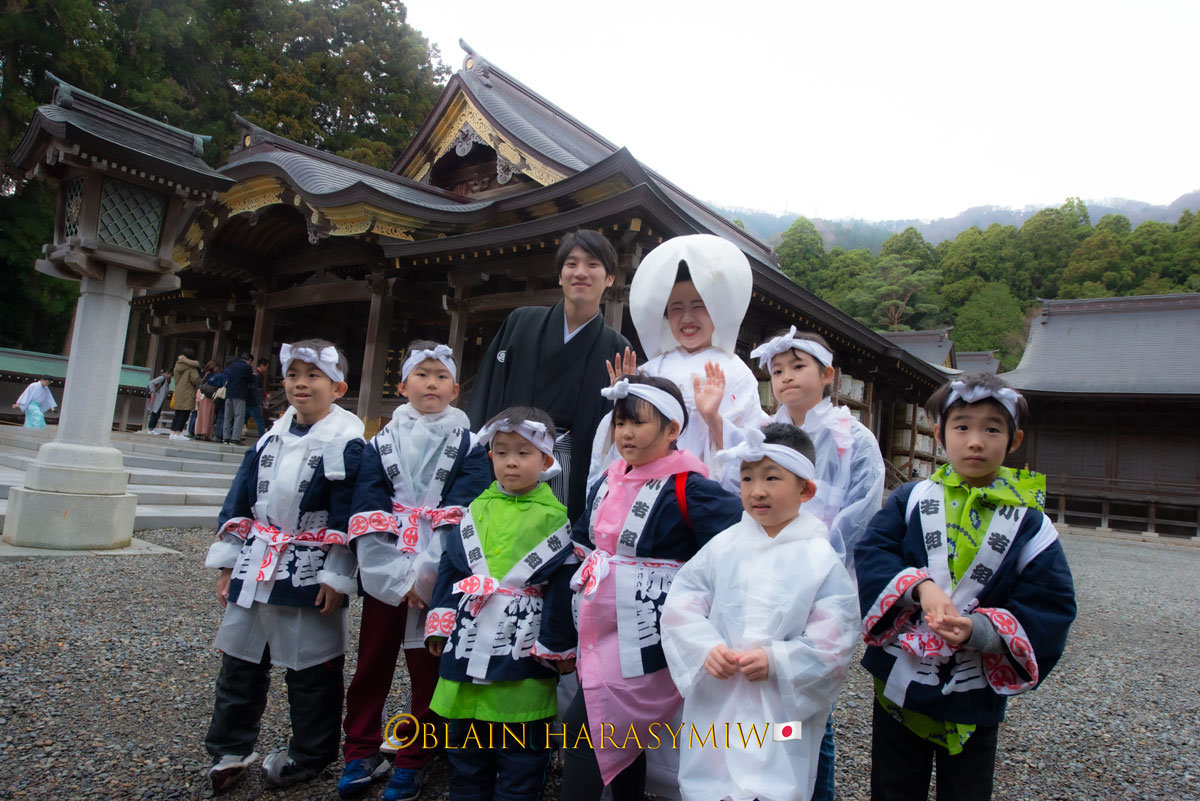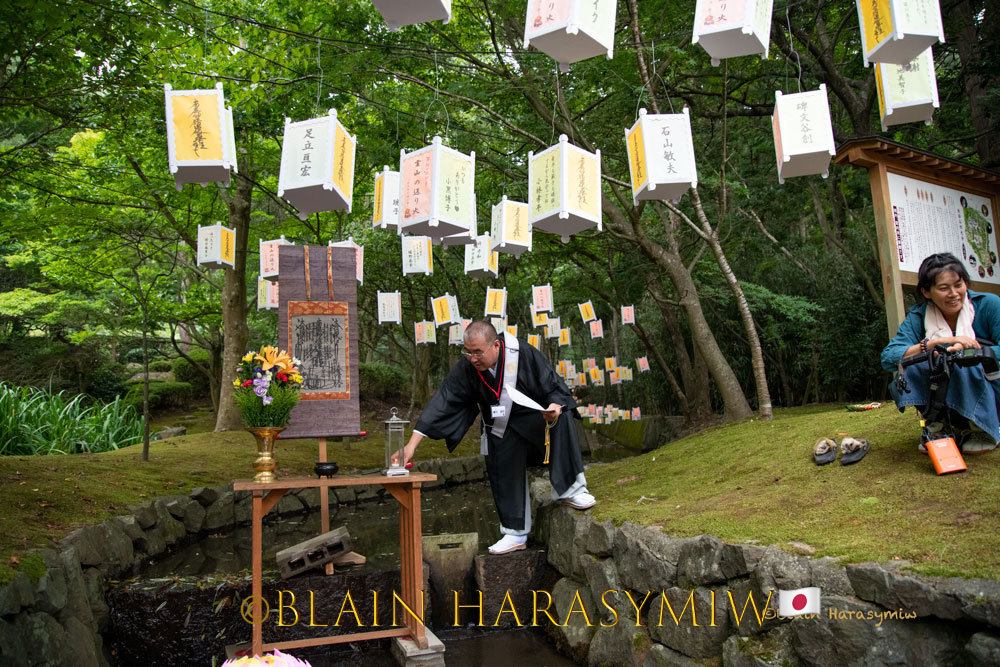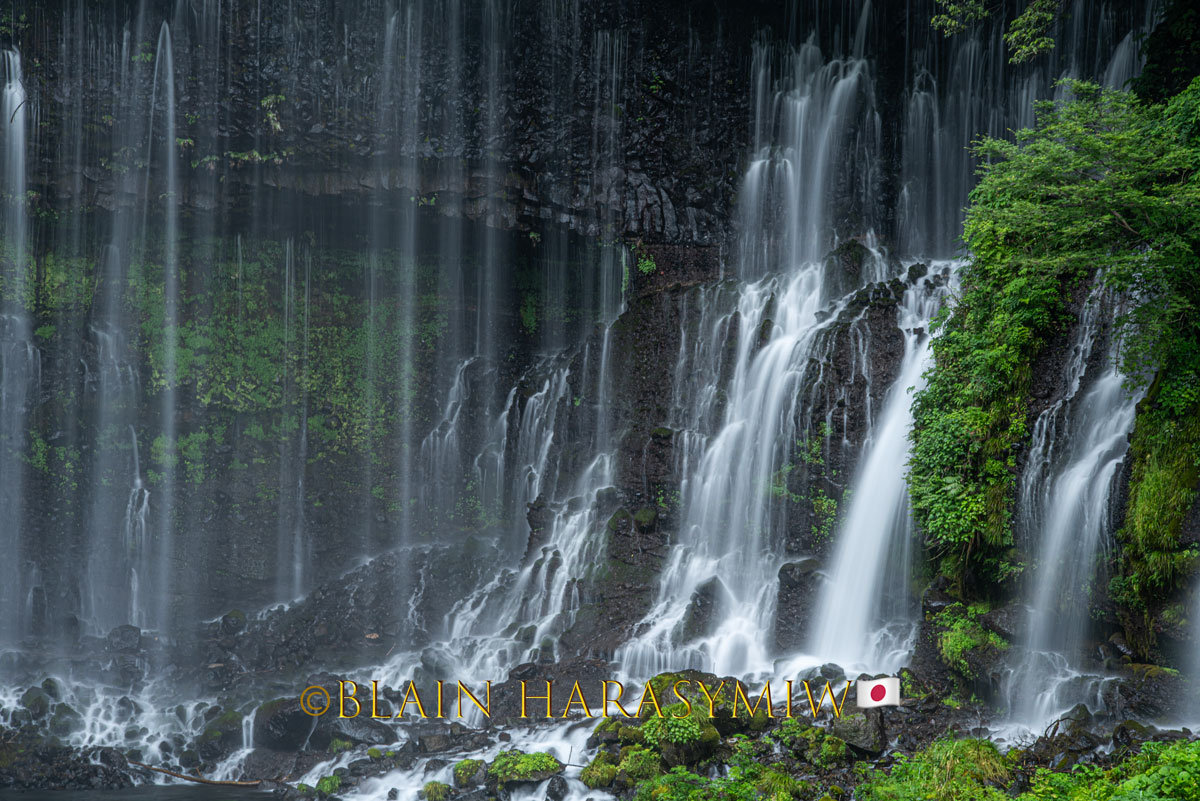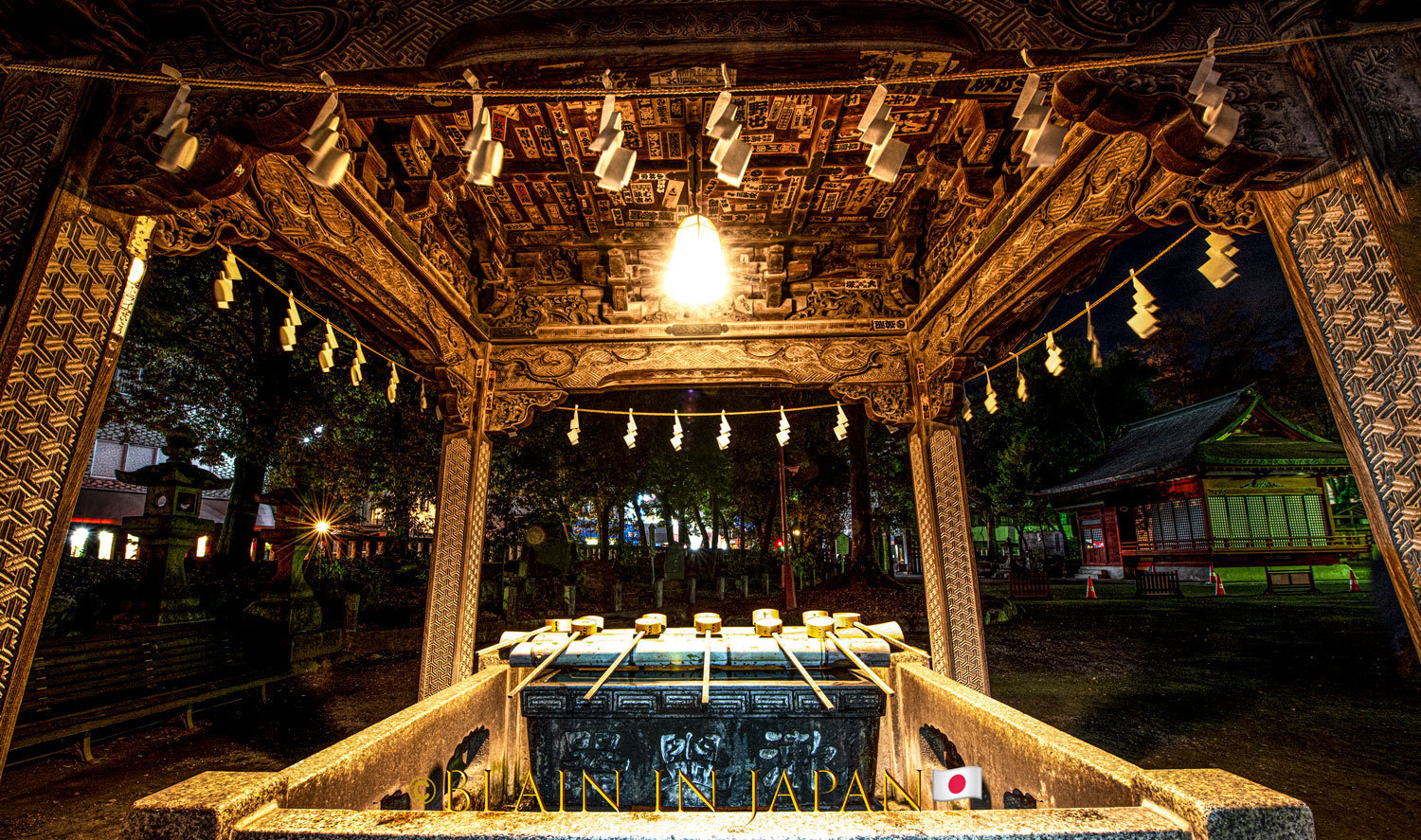Japan is a nation of festivals and celebrations. For the past few years, everything was put off due to social distancing, but now we are back on track, and the majority of festivals are being held. I’m happy to say that participants on my annual Japan photo workshops will once again be able to enjoy various festivals throughout Japan. In Japan, water purification rituals were performed in ancient times by the indigenous people The Ainu. Japan's Shinto religion and the Ainu share many beliefs and customs, but Japan is not the only culture that hosts mythology and festivals focused on water. Njǫrd, Old Norse Njǫror, in Norse mythology, the god of the wind and of the sea and its riches. His aid was invoked in seafaring and hunting, and he was considered the god of “wealth-bestowal” or prosperity. He was the father of Freyr and Freyja by his own sister. Today, traditional Nordic Festivals are held around the world. Thai people have a water celebration called Songkran, the name itself being derived from Sanskrit showing its ancient origin. Every culture has a different interpretation reflecting their own culture. Water is the life force of our planet, so, naturally, people celebrate the oceans and water. In Japan, we also have shinrin yoku, forest bathing, the calming and rejuvenation effect of connecting to nature. I can’t count the amount of times, I’ve enjoyed a quiet camping getaway while scouting a region for one of my annual Japan photo workshops and found myself overcome with a sense of peace and calm while exploring the untouched nature surrounding me, and these are also spots I visit with participants on every single one of my Japan photo tours. Crystal clear fresh water is the key to life, and, thankfully, Japan has plenty. We also have one of the top ten cleanest lakes on our planet, Lake Mashuko, that I visit on every one of my Hokkaido photo tours.
In Japan, misogi water purification festivals are used for physical and spiritual healing of one’s body and soul, and there are several ways and seasons to perform misogi. Traditionally, one would stand under a waterfall, in a river, or at a Shinto Shrine where a pool would be constructed for the event; however, when misogi is performed in mid-winter under a near freezing waterfall, there are fatalities due to stupidity. My family, friends, and I perform misogi mid-summer when it’s swelteringly hot, and afterwards we all feel refreshed. Misogi can also be performed simply by washing and drinking from a fresh water source by yourself or with others. Photographing someone sitting under a waterfall is definitely photogenic, but it’s not a requirement to reap the benefits.
There are endless water purification ceremonies globally and in Japan, one of note is the Yukake (Hot Water Splashing) Festival held in the spring in Yahiko, Niigata, Japan. The festival, like other misogi water festivals, has been held since ancient times. Some believe that it even reaches back to the Kofun period, the Yahiko region has dozens of Kofun mounds as a hidden treasure legacy. During the onsen water purifications ceremony, the entire town comes to life to celebrate. Thousands of people take part in this ritual, and it's an all day non-stop festival. There are taiko drummers, dancers, and Geigi female performers, all taking part in the lively procession event. A huge Japanese wagon style cart with wooden wheels is pulled by dozens of residents through the village. This wagon holds onsen water, the festival announcer and those who manage the cleansing onsen water. When the wagon stops at various points around the town, festival persons on the wagon splash onlookers with the sacred water from the Yu Shrine. All in attendance, like it or not, receive blessings, luck, and health, a one stop shop for purification. This ritual truly has it all. It’s in my top 20 procession festivals in Japan due to the level of activity, mood of the festival goers, and the amount of participants. The entire town takes part. Next year, or the year after, I will do a gallery show of the festival in Yahiko village, and anyone who’s in my photos will receive a deep discount for their images. I have over 150 GB of images from the festival, so it’s possible the entire town could be represented.
A personal water purification ritual and common practice at the majority of Japanese shrines, and one that I introduced to participants on my photo workshops is temizu-ya, also known as chozu-ya. Sadly, during the peak of corona, all the water basins were closed for safety reasons, but now they are opening again, and the practice is resuming. My annual Essence of Autumn Leaves photo workshop tour and cross-country Cherry Blossom photography tour incorporate several stops at ancient shrines and temples on and off the beaten path, and all participants on my Japan photo tours have experienced this ancient element of Japanese culture. The practice itself is simple. First the visitor to the shrine uses one of the ladles or hishaku, and then washes their left hand, right hand, and then takes in a mouthful of water from your cupped left hand without swallowing and then spits it out while covering one’s face into in a drain gutter that is at your feet surrounding the fountain. The handle of the ladle is then rinsed in the running fountain supplying the water to the water basin, and then the visitor has performed the necessary ablution to approach the shrine. It’s a small part of Japanese culture but an important one, and the rituals and festivals I’ve listed are only a small percentage of what happens year round in Japan. Beyond water rituals, there’s harvest festivals, lantern festivals, fireworks, Tanabata, and many others. Thankfully social distancing is becoming a thing of the past, and I look forward to introducing many of the festivals that are part of my authentic Japan photo workshop tours, and I am so happy to once again celebrate traditional Japanese cuisine dinners with a toast and lively conversation.


